How to Use Banners
REVISED MEMORANDUM
DATE: October, 2010
TO: Clients
RE: NLRB Bannering Decisions
The NLRB issued an important and precedent setting decision in August 2010, holding that bannering does not constitute illegal secondary boycotting if done in a non-confrontational manner. This case is more than 7 years old but the NLRB resolved the legality of such bannering firmly in the favor of unions. It is a 3 to 2 decision and we can expect appeals and more litigation over this issue. We have been waiting for this decision for a long time and it is one of the first to come from the new Obama-appointed Board. In late September the Board issued 4 more bannering decisions further clarifying the rules about bannering. This revision of our earlier memo to our clients is a result of the recent decisions which provide additional guidance. Specifically they make it clear the banner can be placed close to entrances so long as non-confrontational.
The principle decision is available at http://www.nlrb.gov/shared_files/Board%20Decisions/355/v355159.pdf
It is important to emphasize that the bannering must be non-confrontational to avoid being unlawful. The banners must not block entrance or egress. In the recent cases the Board noted specifically that there were no more than 4 union representatives accompanying each banner, the banners were held stationary, and there was no chanting, yelling, marching, or any similar conduct.
The purpose of the banners was in each case to provide a message to the public and the banner was located at the the facilities of a neutral employer. No banners were placed near entrances reserved for employees of the secondary or neutral employer.
We suggest the following guidelines for bannering. The basic principle is that bannering, if conducted carefully, is not picketing or coercive. The following guidelines avoid the characterization of the bannering, either by itself or with other conduct, as picketing or otherwise “coercive.”
Please call with any questions or if any situations arise which are questionable.
Keep language consistent with language that has been effective and is simple: (e.g., “Labor Dispute SHAME ON [EMPLOYER] Labor Dispute”; “Labor Dispute [EMPLOYER] HURTS OUR COMMUNITY Labor Dispute”). The “employer” may either be the primary target or the secondary target. Do not use language which requests any immediate action such as a boycott, refusal to work, or refusal to deliver supplies.
Banner size approximately 4'x 20'. There should usually be no more than one (1) banner used at one location.
Banner framed with PVC or other rigid material for support.
Banner should be held by a small group, usually of no more than 4 individuals. Allow them to take staggered breaks and lunch.
Banner must be stationary in chosen location that has been previously approved. No movement or carrying banner around from one location to another during the day.
Banner holders may have available for distribution a pre-approved flyer that fully explains the nature of the protest. The handbill can explain why we are “SHAMING” the employer or explain why the employer “HURTS OUR COMMUNITY”. Do not make any recognitional or organizational claim. That is, the claim should not be that the primary employer is non-union or that the union seeks to organize the employees.
Banner holders do not actively seek to hand out flyers but rather have the leaflets available as amplification in case anyone questions what the protest or banner is about. Banner holders should not engage in any discussion about the protest or answer questions. They should only refer to the flyer. Banner holders should not identify who they are, who they are working for, etc. They should not talk to anyone!
Banner holders must not engage in any shouting, blocking, chanting, or other type of aggressive, coercive or confrontational conduct. There should be no horns or other noise amplification devices. The banner holders need to be peaceful and essentially silent toward the public.
The location of banner must be at least 10' from any driveway entrance, doorway entrance, or sidewalk handicap ramp. The banner should not be in the middle of the sidewalk. The banner should not block any pedestrians or anyone seeking to do business with anyone. Do not block pedestrians or others. Do not be in a position where someone can say the banner was blocking access. It must not be placed at a delivery entrance.
The location of the banner should be selected so as to maximize the exposure of the banner to the public and to limit its exposure to any workers on a jobsite.
If banners are being used at a job site where dual gates have been established, the banner must not be placed anywhere near the neutral gate because this would be seen as an attempt to target the neutral's employees rather than the public. The purpose of the banners cannot be used (and must not be used) to induce a strike or refusal to deliver. The banner's purpose is to inform the public of the dispute.
Banners should not be used in conjunction with any picketing or other demonstration type activity, i.e., the bannering must be done as the sole activity at the location.
The banner must be truthful.
